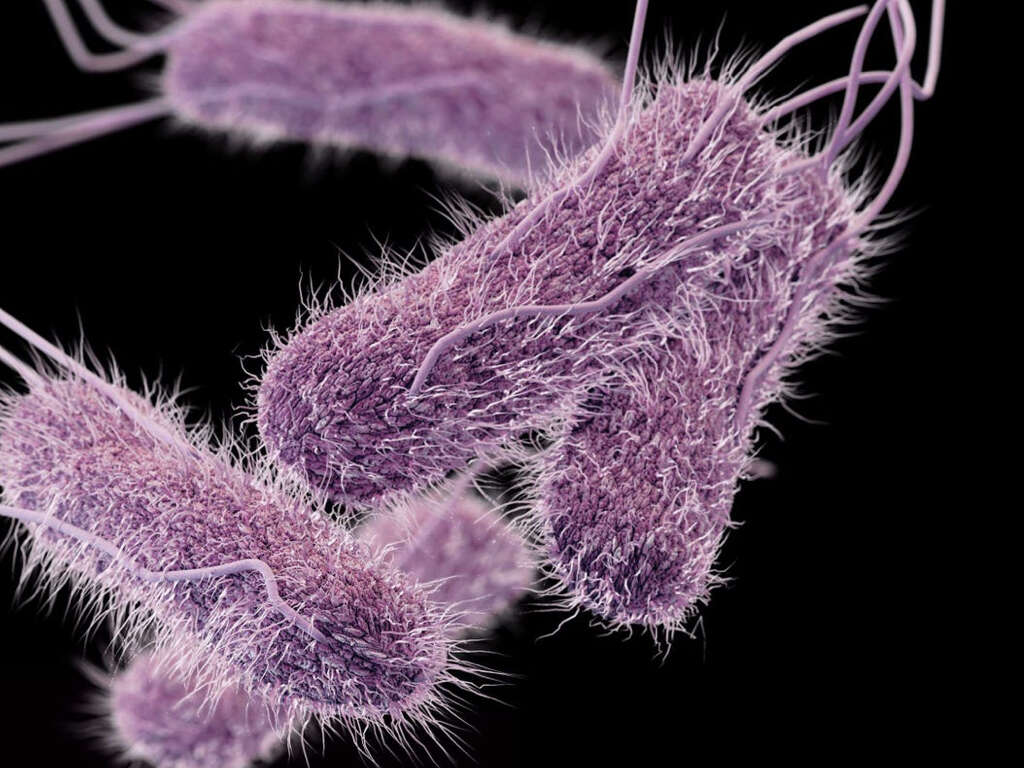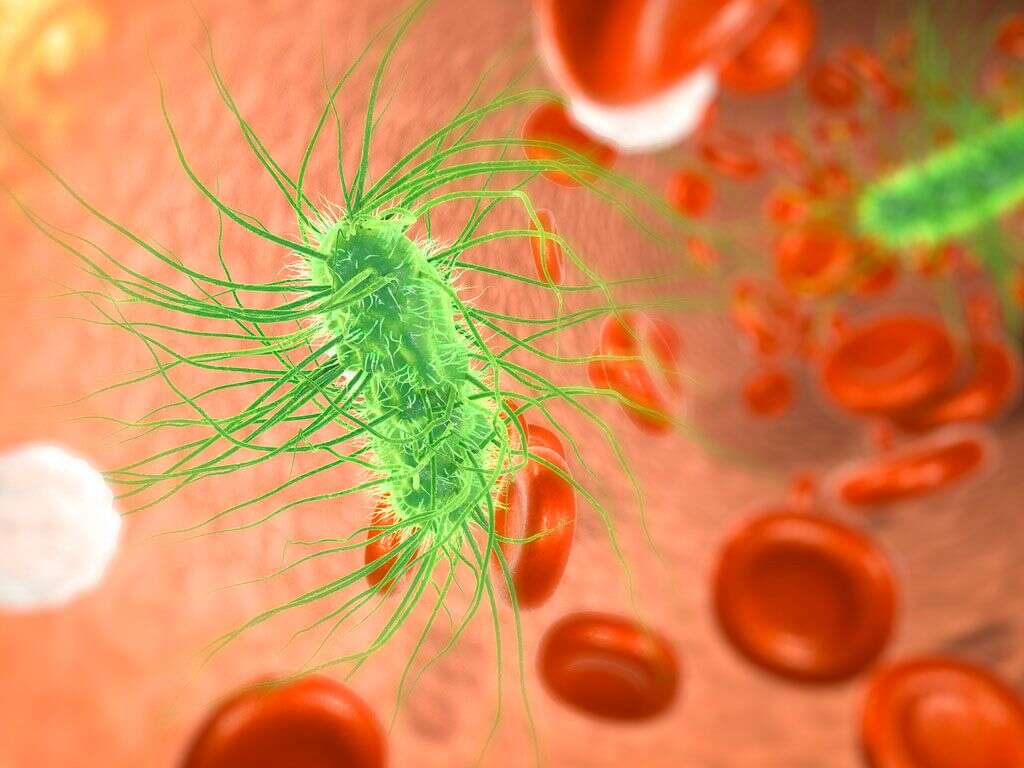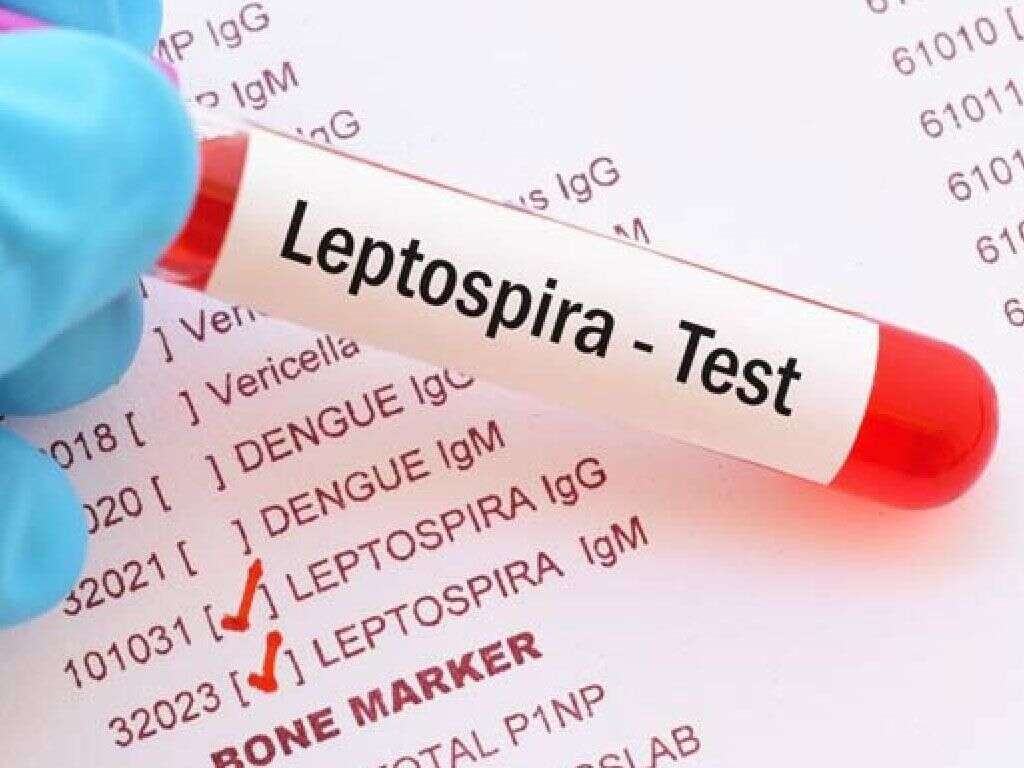10 Leptospirosis Symptoms
Leptospirosis is a zoonotic disease caused by an infection with Leptospira. Leptospira is a gram-negative spirochete bacterium. A person can get infected through contact with contaminated soil, water, or food with the urine from infected animals. Farmers, sewer workers and even those who prefer water sports are at a higher risk for leptospirosis. It is the most common zoonotic disease in the world, usually occurring in tropical areas. The incubation period is on average 2 to 30 days.
Leptospirosis can be mild and tends to resolve on its own within one week. The signs and symptoms of mild leptospirosis are non-specific and similar to those of many other health conditions. However, in about 10% of all cases, this infection can progress into a serious disease, known otherwise as Weil’s disease. Weil’s disease or icterohemorrhagic leptospirosis is a serious and life-threatening condition with a high mortality rate.

Symptom #1: High Fever
One of the first symptoms of leptospirosis is a high fever. The fever can be mild to moderate, and often severe, higher than 100.4 degrees Fahrenheit. High fever is characteristic for severe cases of leptospirosis.
Besides having an increased body temperature, chills and a feeling of being ill are common. The signs and symptoms of this infection, including high fever, can range significantly.

Symptom #2: Headache
Headaches are another common symptom of leptospirosis. As high fever is usually present, it’s easy to understand why a person with leptospirosis would have headaches as well.
A headache and other signs and symptoms will start developing usually after 2 days of being in contact with this bacterium, even though the incubation period ranges between 2 and 30 days. The symptoms, including a headache, can start anytime during this incubation period.

Symptom #3: Nausea, Vomiting, and Diarrhea
Nausea, vomiting, and diarrhea are also quite common among those infected with Leptospira. These gastrointestinal symptoms, together with high fever, chills, headaches, and muscle pain, are considered as the characteristic signs of the first phase of leptospirosis.
If a person feels nauseous, vomits or has many watery stools during the day, then it’s normal to have loss of appetite and even weight loss in certain cases. Dehydration is also common, especially when vomiting and diarrhea are severe.

Symptom #4: Abdominal Cramping and Abdominal Pain
Abdominal cramping and abdominal pain are usually not the first signs of leptospirosis. This symptom could be related to a more advanced stage of the disease, which is known as Weil’s disease, but this is not always the case.
In about 30% of cases, it is possible to have constipation, even though leptospirosis is usually characterized by nausea, vomiting, and diarrhea. In cases when constipation occurs, abdominal pain and abdominal cramping will be even more severe.

Symptom #5: Jaundice
Jaundice is a medical term used to describe the coloring of the eye whites and skin, which become yellow. Jaundice leads to having darker than normal urine, pale skin and itchiness of the skin. Jaundice is caused by a problem with the liver, which could be an infection with Leptospira.
If you notice a yellowing of your skin or eye whites you should seek immediate medical help. Jaundice is a sign of a serious liver problem which requires proper medical evaluation and treatment. If the underlying cause, which could be leptospirosis, is diagnosed on time and the treatment is administered immediately, then permanent liver scarring and liver damage can be prevented. Otherwise a person might end up with liver failure.
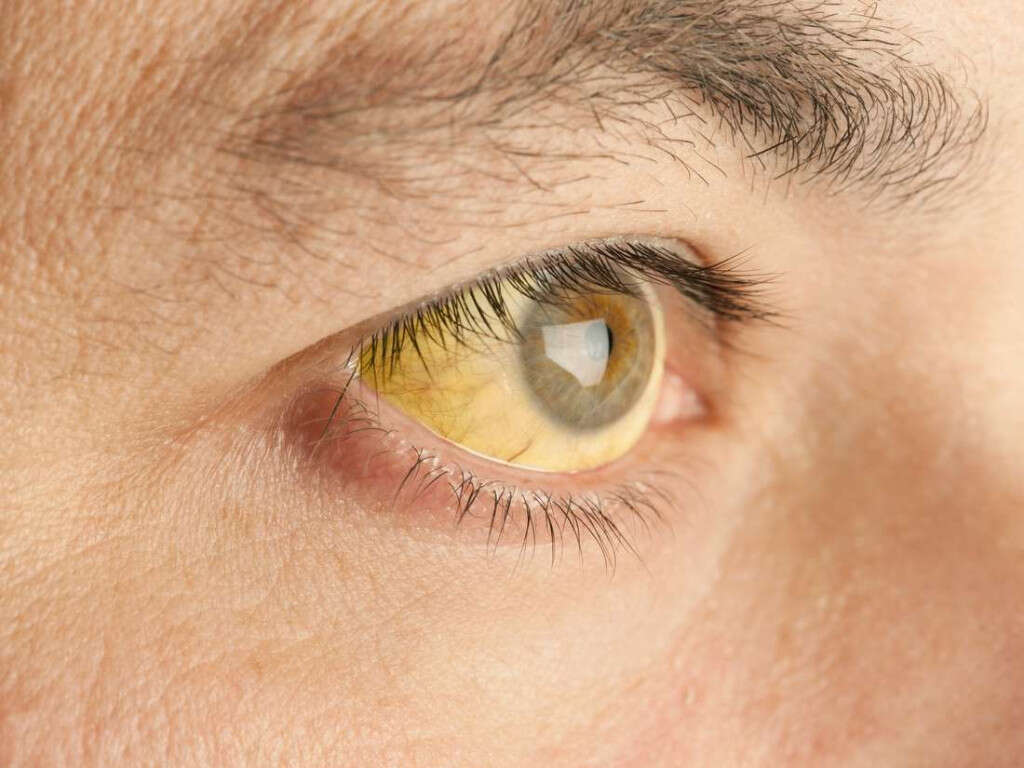
Symptom #6: Conjunctivitis
Conjunctivitis is another possible symptom of leptospirosis. Conjunctivitis is a condition which affects the eyes. The eyes become red and an eye rash may develop. However, one problem with conjunctivitis due to leptospirosis, is that often it is thought of another cause, which could delay the diagnosis of leptospirosis and its treatment.
A person should pay attention to the presence of other signs and symptoms of leptospirosis, besides conjunctivitis, which could help your healthcare provider during the diagnostic workup.

Symptom #7: Joint and Muscle Pain
Joint and muscle pain are common symptoms of Leptospira infection, especially in the initial phase of the disease. Muscle pain is typically localized on the calf and lumbar area even though it can affect almost every muscle of the human body.
If a person is fighting an infection, such as leptospirosis, it is normal to have high fever, chills, headaches, nausea, vomiting, as well as a general feeling of being ill. The fever, chills, loss of appetite, and dehydration because of vomiting or diarrhea can make joint pain and muscle pain worse.

Symptom #8: Loss of Appetite
Loss of appetite is not just characteristic of leptospirosis, it is a symptom which is present in almost any disease. In cases of leptospirosis, loss of appetite is common and is more likely to occur as the infection progresses.
Because of the other signs and symptoms of leptospirosis, including nausea, vomiting, abdominal pain and muscle pain, loss of appetite is totally understandable. Who thinks about eating anything when not feeling well at all?

Symptom #9: Neck Rigidity
As the disease progresses, it can lead to the appearance of a condition known as aseptic meningitis. This is typically seen in a later stage of the disease known as the immune anicteric (without jaundice) stage.
One of the first symptoms associated with meningitis is the insidious onset of intense headaches and the later appearance of neck rigidity. If you are experiencing this symptom, you should seek medical attention for proper diagnosis.
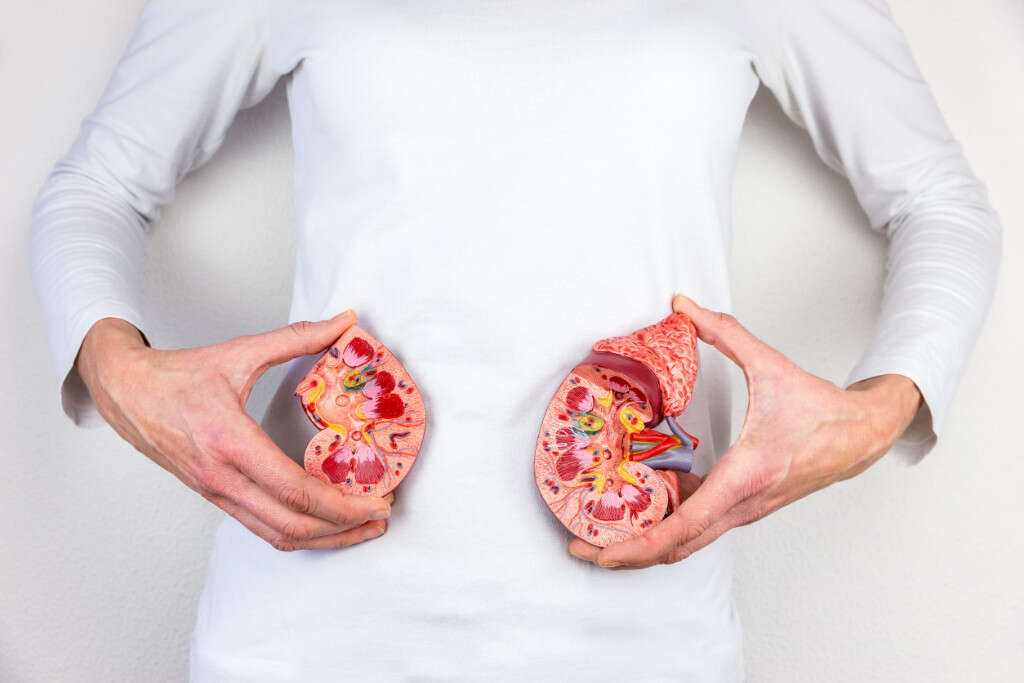
Symptom #10: Shortness of Breath
Patients suffering from leptospirosis may experience shortness of breath at any stage of the disease. Usually, in the early stage, it is associated with the dry chough that may appear in some cases.
On the other hand, if the shortness of breath occurs at a later stage of the disease and it is accompanied by other respiratory symptoms such as chest pain, and coughing out blood; this could be a sign of Weil syndrome, which is a rare and more dangerous form of leptospirosis.




